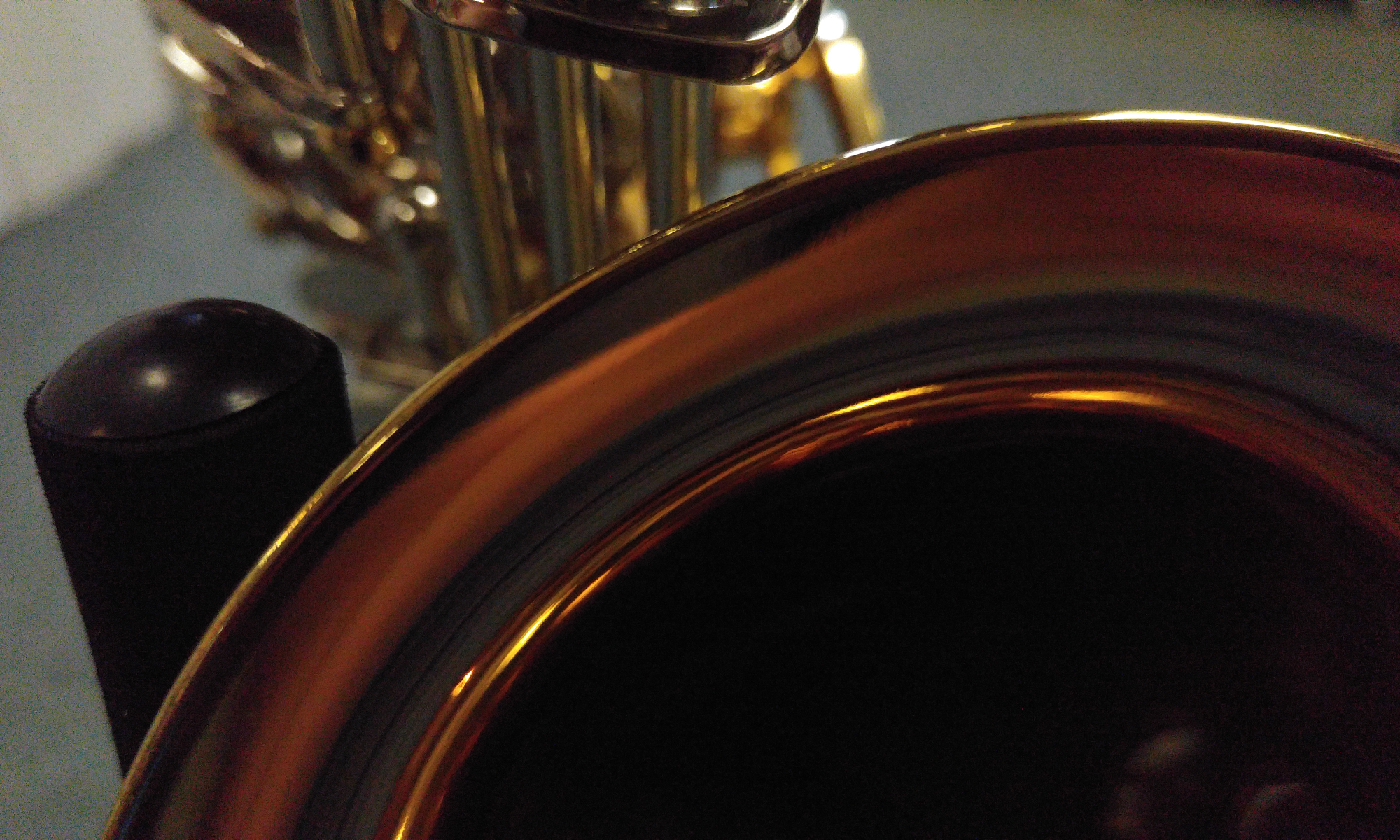David Hinton has done a remarkable job of assembling a single-volume anthology that will give readers a sense of the breadth and depth of three millennia of classical Chinese poetry, a rich sampling that covers the period from 1500 BCE to 1200 CE. Hinton moves from the oral tradition that feeds the Book of Songs and the Tao Te Ching; through early distillations of folk song in the Songs of Ch’u, the Music Bureau Songs, and the Lady Midnight Songs; to T’ang poets such as Wang Wei, Li Po, Tu Fu, and Han Shan with whom many readers in the West are already familiar as well as less familiar T’ang experimentalists such as Meng Chiao and the “mainstream” of Sung Dynasty poets concluding with Yang Wan-Li.
Hinton opts for a chronological order and nonobtrusive introductions to each poet and each of the five larger sections into which he divides the book. The result is a clear historical framework with enough philosophy and politics to give readers new to the material a coherent sense of a tradition that develops across time through a wide variety of voices and styles. Hinton has an ear for the voices and music that makes his translations work as poetry, and he is careful to let the poetry sing. He is, as he notes, working with the mainstream; so other translations of these pieces are available. But this is not an attempt to supersede those other translations with a “definitive” one: it is an important addition to the chorus of voices that has introduced Chinese poetry to English readers and has, in the process, transformed English poetry.
One of the most useful aspects of the book is the supplemental material that has been assembled online at http://us.macmillan.com/classicalchinesepoetry. This includes a version of the spectacular pattern poem Su Hui composed some 1600 years ago — a grid of 29 x 29 characters that contains more than three thousand possible poems (though “contains” seems hardly appropriate for a work of art that explodes in so many directions beyond the media of its own production).
The book includes a section of key terms, an essay on women’s poetry (including a little more on Su Hui), a finding list that will help readers reconcile Wade-Giles and pinyin systems of transliteration, a finding list for Chinese texts, and suggestions for further reading. All of these are amplified by the online resources that make this an especially useful starting point for students at all levels who are coming to Chinese poetry for the first time.
reviewed by Steven Schroeder, Chicago
Classical Chinese Poetry: An Anthology. Translated and Edited by David Hinton. New York: Farrar, Straus and Giroux, 2008. ISBN 978-0-374-10536-5.
